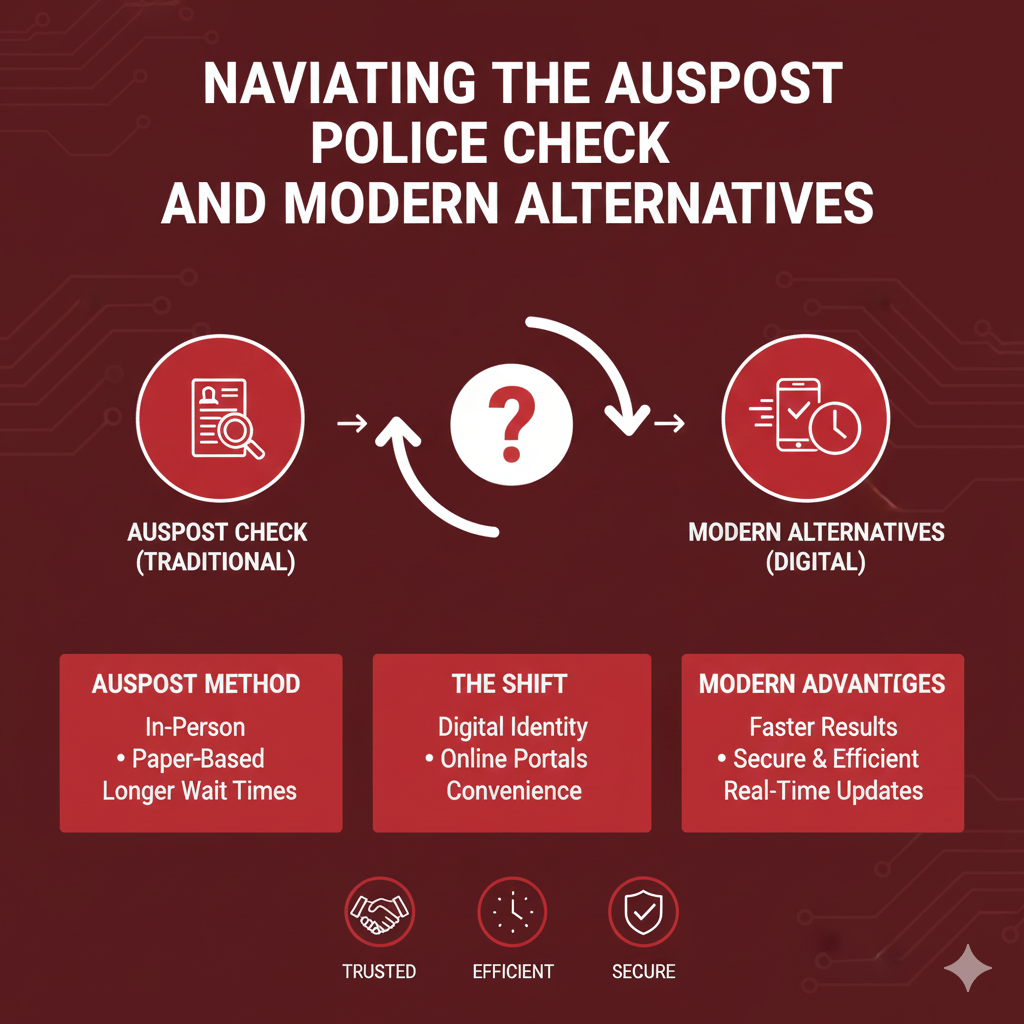The hiring process for an organization is one of the most crucial and important times because they want to select the best possible talent. Either you are a small business owner or part of a large human resource team; knowing the steps involved in the recruitment and hiring process will be the key toward making the right decisions. This is a guide to the steps in your hiring process, helping and giving you some insight on how to accordingly proceed in your search for the appropriate pool of candidates.
What is the Hiring Process?
The process of hiring is a system by which different organizations source for, identify, and finally hire new employees. It passes through various stages, right from identification of need, to finally integrating the candidate chosen by you into your company. In a defined way, a well-structured job hiring process is to ensure that the best talent should be identified—a talent force that will meet your company’s goals and fusion into your culture.
Why a Structured Hiring and Recruitment Process is Important:
There are various reasons related to the importance of a structured hiring and recruitment process. First, it ensures merit-based recruitment of candidates and eliminates any chances of bias. Secondly, it helps the hiring team be more efficient and timely in the process—consequently, it helps in building a positive employer brand, as candidates always appreciate transparency and professionalism in the hiring process.
## Expert Hiring Services in Queensland
In Queensland, navigating the hiring process involves understanding local employment laws, industry standards, and regional cultural factors. At Rapid Screening, we specialize in providing expert hiring services tailored to Queensland’s unique needs. Our comprehensive approach ensures compliance with the Fair Work Act and state-specific regulations, while also addressing local talent pools and industry-specific requirements. By partnering with us, you can streamline your hiring process, ensuring it aligns with both legal standards and regional expectations, ultimately leading to more effective recruitment outcomes.
Hiring Process Steps: From Sourcing to Hiring:
The steps involved in the hiring process can be different for different organizations and also for different companies. But broadly most of the organizations follow a generic pattern. Here are the common stages that one may suppose in the process for recruitment and hiring:
Identifying the Need for a New Hire
The first step in the hiring process is recognizing the need for a new employee. This could be due to the expansion of the business, a vacancy left by a departing employee, or the creation of a new role. At this stage, it is essential to define the job requirements clearly, including the skills, qualifications, and experience needed.
Creating the Job Description
The second step should be the design of a job description once it reaches recruitment that carries the mandate of the position, the qualifications, and any other relevant factor. A good job description would not only attract the best candidate but would be very handy for the selection and eventual hiring process.
Job Advertisement
Armed with the job description, it is time to publicize the vacancy. This might be posted on an Internet job board and the company’s website or social media groups, among other methods, to encourage as wide a range of applications as possible.
Screening Applications
Once applications start coming in, the screening process turns proactive. Herein, resumes and subsequent cover letters are scanned to see if those candidatures fulfill the job requirements. Automated tools and software can be optimally used for automating this process, more so for positions that received a deluge of applications. ### Conducting Initial Interviews
The next step in the hiring recruitment process is holding the first interview between the firm and the selected candidates. This can be done through calling over the phone, video calling, or even having a face to face. The hiring process is done in assessing the fitting and suitability of the candidate to the role and company culture. ### Testing and Assessments
In most cases, the results will help the interviewer verify the personality of the applicant or the justification for his or her stand, amongst other factors. These might be skill-based tests, psychological tests, or job-related tests. In the end, the results give insights into the candidate’s ability and suitability for the job. ### Final Interviews
After the initial interviews and assessments, final interviews for the chosen finalists are normally conducted by the hiring team. A senior management person or one of the key stakeholders often performs it. The idea is to probe deeper concerning the candidate’s experience, skills, and fit with the values of the company. ### Making the Job Offer
After making up the final choice the job offer is to be provided to the selected candidate. The job offer has to enclose the job description, salary with perquisites and other associated terms and conditions. The message to the candidate must not be confusing as far as accepting the job offer is concerned. ### Onboarding the New Employee
The onboarding process of the new hire represents the final step in the succession of job hiring. From there, the employee learns about the company and begins any training that is considered appropriate, or sometimes, it is more a matter of needing to have the new hire learn something new for the new position. Resources are made available in plenty so that the employee is fully geared up for the new job. Effective onboarding means the integration of new employees into their job quickly and positively.
Companies continuously have to refine their recruitment processes to remain competitive. Here are some ways you can put the same level of vibrancy into your recruitment process: ### Use Technology to Simplify the Process
If employed, technology will be a great booster to improving the efficiency of the recruitment process. The use of Applicant Tracking Systems and recruitment software in organizing such processes without the intervention of humans could include resumé screening and managing interviews with the candidates. This not only reduces the time taken through recruitment but also minimizes errors that may be caused by humans.
Employer Branding
Your employer brand is what attracts top-notch talent. A great employer brand conveys that your organization is a good place to work and, in turn, that you will have many high-quality candidates. Spend energy building and maintaining your employer brand by making the message consistent, building employee testimonials, and displaying your company culture.
Referral Program
Employee referrals are an innovative way to recruit potential applicants. Since your current employees refer candidates to work for your organization, they also eliminate the top source of most candidates. This directly relates to faster onboarding and better employee retention.
Positive Candidate Experience
The candidate experience makes all the difference in the process of hiring a job; every interaction of a candidate with your company, from the application point to the final offer, matters in the perception of the candidate. A timely, clear, and respectful interaction with each individual will not do any harm. A positive candidate experience will instigate hiring and will possibly build up your employer brand.
Measure and Analyze Your Hiring Metrics
To your recruitment and hiring process, it would be vital that you also track and measure some of the very important hiring metrics in time-to-hire ratio, cost-per-hire, and candidate satisfaction. Checking these measures of index more frequently would provide and enable you to see areas where improvement is needed and towards which you can base your decision on data.
Challenges Faced in the Hiring Process
Not even the best process or effort taken can escape several challenges hitting the hiring process in the face. This notwithstanding, so as to be well equipped to handle the challenges, the following should be noted:
Attracting Qualified Candidates
One common challenge is therefore trying to attract the right candidates for the job available. There’s a competitive job market and at times it’s hard to make your job position stand out such that the best candidates apply. As said, have job descriptions that are clear, compelling and really explain the role accurately. ### Reducing Time-to-Hire The more you drag, the more at risk you are for missing top candidates. Reduce the time to hire, but not by compromising on quality. Streamline your processes, use technology, and keep the candidates informed at each stage to hold their interest.
Avoid Unconscious Bias
Unconscious bias Unconscious bias can influence the fairness in your recruitment hiring process. It’s up to you to make sure you minimize the bias by structured interview, use diverse panels for hiring, and use possible blind recruitment techniques. ## Conclusion
Hiring for cultural fit is critical but can be hard to vet. You need a firm grasp of the values and culture that define your company. You will want to ask any potential candidate the right question during the interview process that gives insight into how closely they align with your theory of company and values.
Hiring is not only about vacancies but also about getting a personality that will make a difference in the company. In addition, adopting a structured approach from time to time to keep on enhancing recruitment practices, you can be sure of attracting, selecting, and onboarding the best talent.
After all, the process of job hiring is a long journey. Leading from the front in adopting the trending industry wisdom, embracing technology, and making the candidate experience the topmost priority will make you outshine in this ever-dynamic job market. Mastering the process of hiring will not only build you a strong team but also direct your company towards long-term success. Rapid Screening is here to support you throughout this journey, offering expert services to streamline your hiring process and ensure you find the best talent for your organization.




